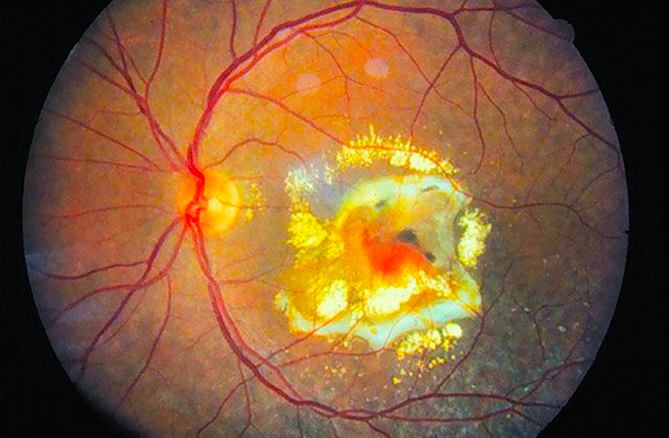A woman in Japan has received the first medical treatment based on induced pluripotent stem cells, eight years after they were first discovered. The iPS cells were made by reprogramming skin cells from the woman’s arm, then transformed into specialised eye cells to treat age-related macular degeneration (AMD), a condition that affects millions of elderly people worldwide, and often results in blindness. Last week, the woman, who is in her 70s, had a patch of the cells measuring 1.3 by 3 millimetres grafted into her eye in a two-hour operation.
She is the first of six people taking part in the landmark treatment developed by Masayo Takahashi and her colleagues at the RIKEN Center for Developmental Biology in Kobe, Japan. In a pilot study to test the safety of putting iPS-derived cells into humans, the six are all receiving a graft of new retinal pigment epithelial (RPE) cells, which serve to maintain the eye’s light-sensing cells.
Since iPS cells can be made from adult tissue samples, the technique does not require the destruction of embryos, unlike stem-cell-based AMD treatments that are also being worked on – one such treatment is being trialled in the US and UK.
“It’s an exciting development, and we await the outcome over the next year to see how well these cells integrate, and if there are any potential adverse reactions,” says Mike Cheetham of the Institute of Ophthalmology at University College London, one site which is also researching a human embryonic stem-cell treatment for AMD. “If it goes well, it could be the start of a new era in personalised medicine,” he says.
Shinya Yamanaka and his colleagues at Kyoto University in Japan discovered iPS cells in 2006. In 2012, Yamanaka was awarded the Nobel prize for the work.












